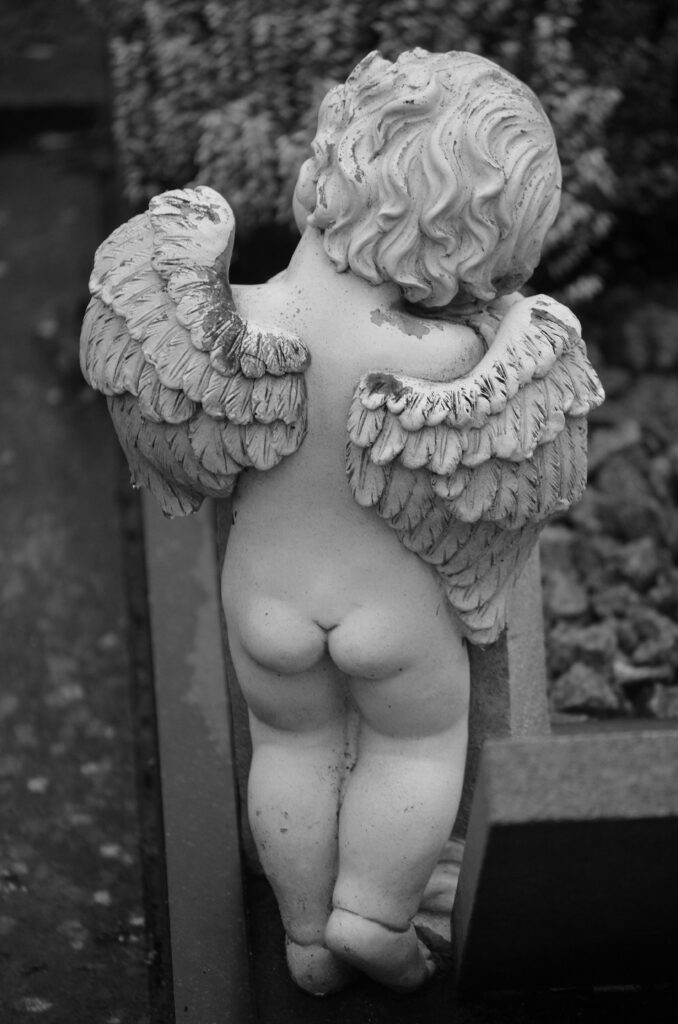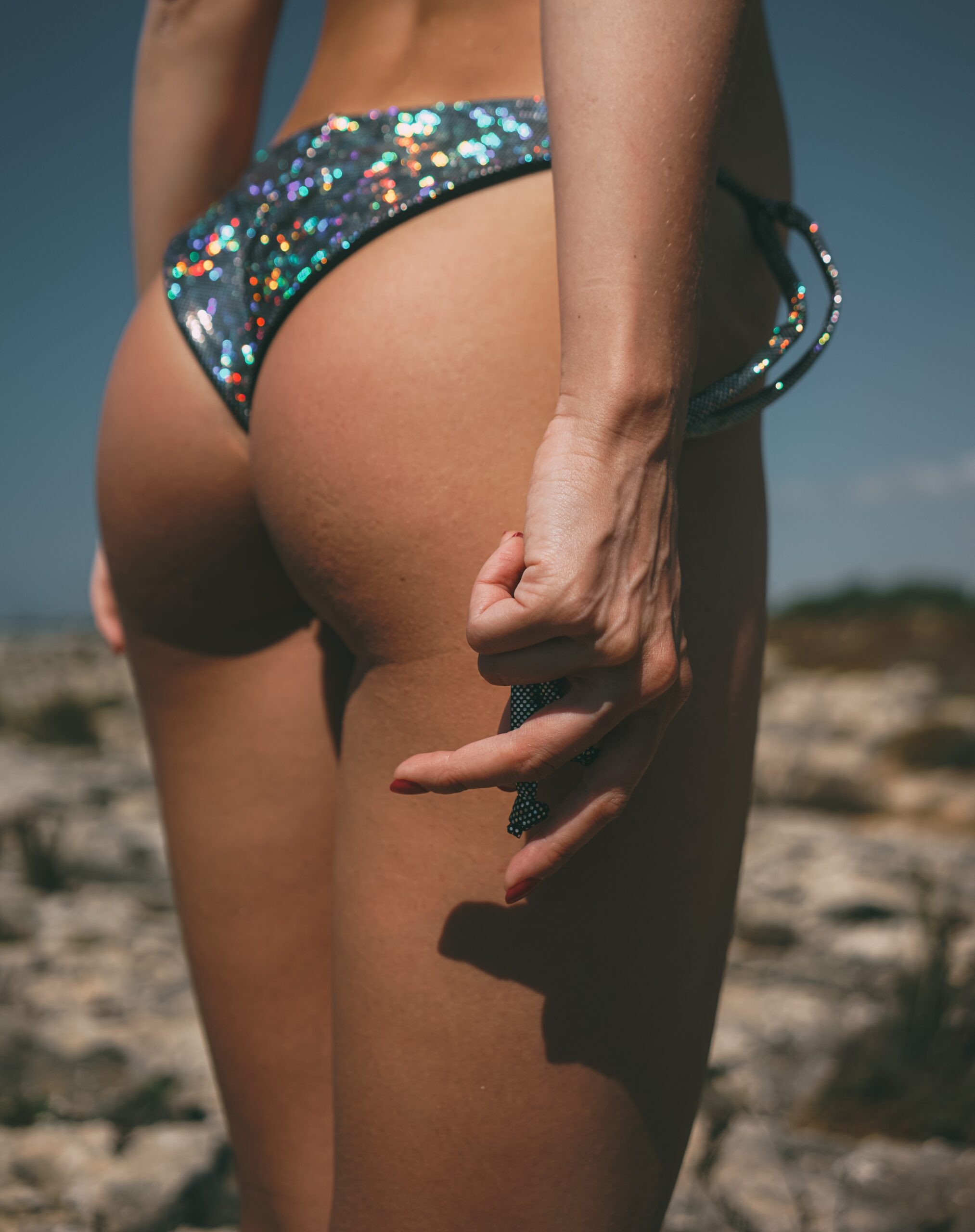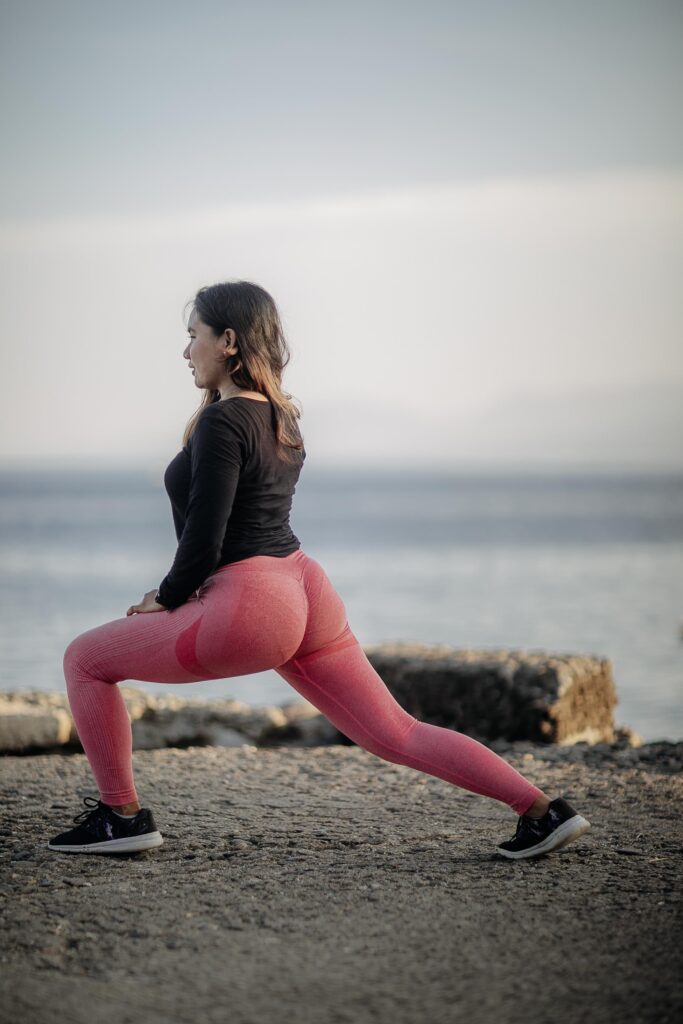Introducion
Throughout human history, people have always sought after the ideal posterior. In a society where physical appearance is highly valued, having a flat butt continues to be a prevalent worry for many people. Self-consciousness and a drive to get better are frequently brought on by a less developed or poorly shaped posterior. But what is a flat butt precisely, and why does it happen?
A flat butt is characterised by a lack of fullness and curve in the gluteal area, which gives the body a less defined and attractive appearance. Despite the fact that certain people may naturally have flatter buttocks due to genetic causes, different lifestyle choices and physiological changes can also exacerbate this condition. The first step in addressing and eliminating a flat butt is to understand its causes. overcoming this concern.
We will examine the underlying causes of the flat butt phenomena in this investigation, which range from heredity and sedentary lifestyles to ageing and hormonal changes. By identifying the underlying causes, we can then set out on a quest to find efficient tactics, workout routines, and lifestyle changes that can assist in transforming a flat butt into a more contoured and perky asset. The path to a shapelier posterior starts with education and a willingness to change, whether you’re going for increased self-esteem, aesthetics, or physical function.
What causes flat-butt

Numerous factors, including both genetic and lifestyle-related factors, can result in a flat butt, which is characterised by a lack of curve and fullness in the gluteal region. When attempting to address and resolve this issue, it is essential to comprehend these fundamental issues.
- Genetics: Your buttocks size and form are significantly influenced by your genetic makeup. You might inherit the same physical structure if your family members typically have flatter buttocks.
- Muscle wasting: Muscle atrophy or weakening in the gluteal muscles is one of the main causes of a flat butt. A sedentary lifestyle, which is characterised by extended periods of inactivity or sitting, can cause these muscles to gradually deteriorate. If the gluteal muscles aren’t frequently used, they get toned and distorted.
- Ageing: Sarcopenia, a natural ageing process in which muscle mass and tone decline, affects our muscles. This has an impact on all body muscles, including the gluteals, and causes the buttocks to seem flatter as a result.
- Hormonal Alterations: The distribution of body fat and muscle tone can be affected by hormonal imbalances, specifically a drop in oestrogen (common in women going through menopause). This hormonal change may lead to a decrease in buttocks fat reserves and a loss of muscular stiffness.
- Poor Diet: Nutrition is crucial in determining how the body will look. Muscle loss and decreased gluteal tone can result from a diet high in processed foods and low in important nutrients like protein. A flatter butt might also result from consuming insufficient calories since your body may prioritise fat storage in other regions.
- Excess cardio: Even though cardiovascular activity is crucial for overall health, doing too much of it without also doing some strength training can result in muscle loss, especially in the gluteal area. The idea is to combine targeted strength training with cardio.
- Injury or Inactivity: Muscle atrophy and a flatter butt can result from injuries to the lower back or gluteal region, as well as prolonged periods of inactivity brought on by illness or surgery.
The first step in resolving this issue is to comprehend the causes of a flat butt. You can be proactive by engaging in specific workouts, making lifestyle modifications, or doing both at once. to develop and strengthen your gluteal muscles, which will give you a harder, more sculpted back.
Tips to get a Perkier Butt

A combination of specialised exercises, dietary modifications, and lifestyle changes are required to get a perkier butt. These suggestions will help you get a more toned and shapely rear, whether your goal is to boost your self-confidence, improve your overall physique, or simply feel more at ease in your own skin:
- Strength Training: Incorporate strength training exercises that specifically target the gluteal muscles into your fitness routine. Here are some effective exercises:
Squats: While standing with your feet hip-width apart, lower your body as if you were resuming a chair-like position. Keep your chest high and back straight. Squats work your hamstrings, quadriceps, and glutes.
Lunges: Step forward or backward and bend both of your knees to a 90-degree angle as you perform a lunge. To maximise glute activation, keep your back straight and your core engaged.
Deadlifts: This compound exercise targets the glutes as well as the entire posterior chain. Keep your back flat, hinge at your hips, and lift weights off the ground to maintain good technique.
Glute bridges: Lie on your back with your feet flat on the ground and your knees bent. Squeeze your glutes at the peak of the movement as you raise your hips towards the ceiling.
Donkey Kicks: Get down on all fours and lift one leg behind you while maintaining the other knee bent at a 90-degree angle. Lift the leg while contracting your glutes, then bring it back down. Repetition on each side.
- Cardiovascular Exercise: Include cardiovascular exercises in your training plan, such as jogging, cycling, or dancing. Cardio helps you lose body fat generally, which can show off the muscles you’ve been sculpting with strength training.
- Proper Form: Exercises should be performed with good form to maximise muscle engagement and reduce the chance of injury. If you’re unsure of your form, think about hiring a professional trainer.
- Balanced Diet: Eat a balanced diet that is high in lean proteins, good fats, and a variety of fruits and vegetables. Healthy fats assist hormonal balance, while protein is necessary for muscle growth and repair. To prevent fat storage and muscle loss, limit your intake of processed foods, sugary snacks, and high-sugar beverages.
- Hydration: Staying properly hydrated is important for general health and muscle performance. Drink enough water each day to maintain the healthiest possible function of your muscles.
- Adequate Sleep and Recovery Time: Be sure to obtain enough sleep and give your muscles time to rest and repair between workouts. Prioritise getting enough sleep and taking rest days because muscle growth and repair happen during rest.
- Stretching and Mobility Work: Stretching and mobility exercises should be incorporated into your routine to maintain flexibility and prevent muscular imbalances, which can have an impact on your posture and general physical appearance.
- Consistency and Patience: Remember that getting a perkier butt requires time and constant effort. Be patient. If you don’t notice results right away, don’t give up. Consistently follow your fitness and diet regimen, and you’ll see results.
- Set Achievable, Realistic Goals: Set goals that you can actually achieve, and monitor your development over time. This can aid in keeping you inspired and committed to your quest for a perkier butt.
- Stay Active Throughout the Day: If you work a desk job, try to stand up, stretch, or go for little walks every so often. Increased exercise throughout the day can assist keep muscles toned and avoid muscle atrophy.
Keep in mind that each person’s physique is different, thus the outcomes may differ. Your dedication to leading a healthy lifestyle and your general wellbeing are what matter most. You can work towards developing a perkier and more self-assured butt with perseverance, the right direction, and these suggestions.
Conclusion
It’s critical to understand that transformation is feasible with commitment and the appropriate strategy in the quest to bid farewell to a flat butt and usher in a more contoured and alluring derrière. Here is a quick 200-word summary of the main points to remember as a conclusion:
A comprehensive strategy that include exercise, dietary changes, and lifestyle adjustments is required to treat a flat butt. For well-informed action, it is essential to comprehend the underlying factors, such as heredity, muscle atrophy, and lifestyle choices.
Include exercises that build strength in your fitness programme, such as squats, lunges, deadlifts, glute bridges, and donkey kicks. Your companions in sculpting your gluteal muscles are these focused movements. The secret to success in your workouts is consistency.
Combining cardiovascular and strength training will help reduce total body fat, revealing the toned muscles underneath.
Maintain a healthy, balanced diet that is high in nutrient-dense foods, lean proteins, and healthy fats while avoiding processed and sugary meals.
To maximise muscle engagement and avoid injuries, stay well-hydrated, place a high priority on rest and recovery, and watch your form when exercising.
Your best partners on this trip are patience and constancy. Set attainable objectives, monitor your progress, and acknowledge your successes as you go.
To keep your muscles engaged all day, incorporate simple lifestyle modifications, such as standing up more if you have a sedentary work.
Accept this journey as a chance for self-development and increased confidence. Your dedication to leading a better lifestyle can not only improve your health but also influence your appearance. With determination and perseverance, you can achieve the perkier butt you desire.



